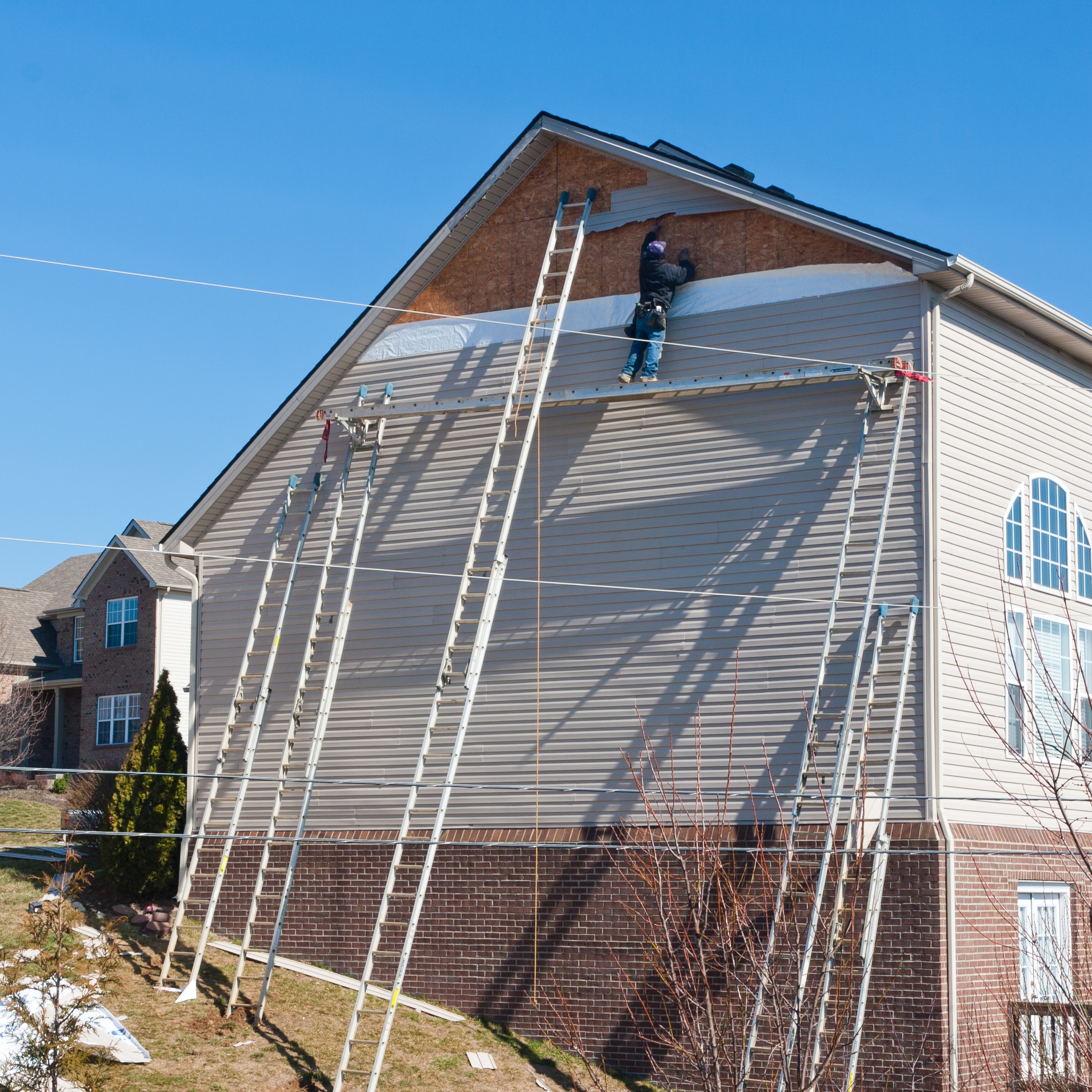In the ever-evolving landscape of real estate investing, understanding the concept of After Repair Value (ARV) remains crucial. ARV serves as an estimate of a property’s future worth after undergoing necessary repairs and improvements. Unlike the property’s current purchase price, ARV projects its potential value once the renovations are completed. It’s a pivotal tool, primarily employed by fix and flip investors who acquire, renovate, and sell properties within a span of 1 to 2 years. Assessing ARV is instrumental for fix and flip investors as it helps determine a viable purchase price and whether there’s sufficient room for the project to yield a profit. The formula to find the price that a Flipper should buy a flip house is as follows: Estimate the ARV take 70% of that ARV and then subtract the rehab cost and that number is what the Flipper should price the purchase bid at.
ARV’s are also used by Private Money Lenders who hold back construction funds and who may be willing to lend on a percentage of the ARV value. Recently ARV’s are being used more and more for Accessory Dwelling Unit (ADU) 1st and 2nd position loans where property values increase after the construction of an ADU and the loan amount is based on a percentage of the ARV.
While ARV is undeniably a valuable metric for fix and flip investors, it’s essential to recognize that lending based on ARV can be a risk-laden endeavor for hard money lenders. Typically, Fix and Flip loans encompass two main components. The first part involves financing the property purchase, while the second part consists of additional funds held in a Funds Control Companies Escrow Account, which disburses funds for the rehabilitation in proportion to the project’s completion.
In this updated blog, we’ll explore scenarios in the context of 2024 where lending based on ARV can lead to repayment issues or borrower defaults, potentially resulting in reduced yields or principal losses for lenders/investors:
- Inaccurate ARV Estimates: ARV is, at its core, an estimation of a property’s future value. However, unforeseen factors such as shifting market conditions, evolving buyer preferences, fluctuating interest rates, and the quality of improvements can all impact the actual ARV. If the ARV turns out to be lower than initially anticipated, and the Contractor/Flipper can’t turn a profit, they may abandon the project, leaving the lender at risk.
- Rehab Budget and Estimate Errors: Renovation projects often reveal hidden issues or require more extensive work than initially projected. Unforeseen problems like plumbing issues, sub-flooring replacement, foundation cracks, or roof leaks can significantly inflate the rehab budget.
- Misallocation of Rehab Funds: Sometimes, Contractors divert funds intended for the rehab to other uses, creating a budget shortfall. This diversion can lead to incomplete projects and unpaid Sub-Contractors, resulting in Mechanic’s liens that must be resolved before property sale.
- Compromising on Materials or Quality: Contractors facing budget constraints may opt for subpar materials or cut corners on quality, potentially causing delays or necessitating replacements, ultimately affecting the property’s sale.
- Incomplete Rehab Projects: If a Contractor abandons a project midway, the cost and effort required to complete it with a new Contractor can escalate significantly.
- Sub-Contractor Issues: Delays or mistakes by Sub-Contractors can disrupt budgets and timelines, affecting the project’s profitability.
- Fluctuating Building Material Costs: The unpredictable cost fluctuations of construction materials can pose a significant challenge. Unexpected material cost increases can erode project profits, necessitating additional funds from lenders.
- Lead Time Changes for Materials: Supply chain disruptions and extended lead times for materials, particularly those reliant on raw materials like copper and steel, can hinder project progress.
- Overpaying for Properties: Overestimating a property’s value after improvements can lead to overpaying for it. For ADU Construction, many times Appraisers have a difficult time finding sales comparables with similar ADU’s. If renovation costs make it impossible to turn a profit, the Contractor may opt to walk away from the project and the project may revert to the lender.
- Issues with Funds Control Companies: Inexperienced inspectors releasing excessive funds, delayed reimbursements, financial misconduct, and embezzlement can elevate project completion risks and impact the lender’s ability to recover principal and interest.
In summary, ARV is a valuable metric, but it comes with inherent estimation, construction and execution risks. Navigating these risks in the dynamic real estate landscape of 2024 requires vigilance and informed decision-making. For fast and professional fix and flip loan solutions, contact us at 949-632-6145 or visit our website at https://mortgagevintage.com today.

